

Increased budgetary allocations to projects as well as substantial private sector spending on real estate and commercial centres resulted in an exuberant construction activity in 2003.
The main catalyst was the surge in oil prices, with Brent crude averaging $28.89 per barrel in 2003. This, in addition to higher Saudi oil production, resulted in doubling of oil revenues to SR247 billion ($65.86 billion) compared to a budgeted level of SR122 billion in 2003, which made up to around 84 per cent of government revenues.
Moreover, oil prices reached 13-year highs this year and Brent crude exceeded the $32 per barrel level in March as geopolitical factors continued in Iraq and Venezuela, in addition to Opec’s decision to further cut its supply this year. Consequently, higher oil revenues enabled the government to increase its capital expenditures remarkably.
The construction boom in Saudi Arabia was reflected by the publicly-announced construction projects that account for around 25 per cent of total construction investment, and were mostly government contracts for roads, urban development, social and industrial sectors.
The value of public projects increased by 17 per cent to SR18.14 billion in 2003 compared to SR15.56 billion in 2002. However, during January and March this year, the construction contracts awards fell slightly to SR2.81 billion compared to SR2.94 billion over a year ago, suggesting that the significant increase in budgetary expenditure to projects is expected to materialise during April to December this year.
Also, commercial bank lending to the building and construction sector gives another indication of a growth in construction activities. The exposure of Saudi banks lending to the building and construction sector rose to its highest level ever of SR22 billion in 2003, increasing by 4.8 per cent, which constituted nine per cent of total banks commercial credit.
This growing level of borrowing by local contractors supports the surge in construction activity, and indicates that fresh loans exceeded repayments last year. Commercial banks’ lending to the construction sector is expected to grow further this year on the back of a substantial increase in government spending on projects, as well as the ongoing private sector investment in real estate and commercial centres.
The budgetary allocations to projects nearly doubled to SR42 billion this year versus its level of SR22 billion in 2003. Outlays for the hospital sector will go towards 88 new hospitals, 150 new primary health care centres, in addition to opening 26 new hospitals. Budgetary allocation to water projects includes SR9 billion for new desalination projects, dams, water networks and sewage works.
The 2004 budget also allocates SR3.5 billion to new highways and road construction totalling 3,800 km, which include Baha-Abha section, Jeddah-Jizan section, Khamis Mushayt-Najran section, and Yanbu-Amlay-Dhuba Sharma section.
Construction materials
Building materials that include cement, building blocks, iron, steel, tiles and glass are mostly produced locally. However, the Kingdom still imports a sizeable amount of its building materials needs, which was put at around SR11 billion in 2003. This demonstrates the ample investment opportunities in the building material sector to meet the growing demand from the local construction industry.
However, imports of building materials through commercial banks fell significantly by 9.2 per cent to SR3.9 billion in 2003, whereas total construction expenditure rose by 22 per cent to SR71.3 billion during the same year.
This does not necessarily mean that the Saudi construction sector is cooling off, as only 30 per cent of total building materials imported by the private sector are financed through the local banks.
Meanwhile, increased production capacity of building materials from domestic factories seems to have kept the strong construction activities going forward. The Saudi cement industry witnessed a 10 per cent surge in domestic demand to 22.3 million tonnes last year, pushing most cement companies to full capacity. Three local cement producers, Yamama, Eastern, and Qassim cement companies have awarded expansion contracts totaling SR2.79 billion, while the other cement companies have released tenders for expansion plans. This growing demand of cement also reflects the vibrant construction activity last year that is expected to continue in 2004.
Major contracts
The top sub-sector was road projects (SR4.38 billion), which accounted for 24.1 per cent of total construction contracts awarded in 2003. The Jeddah and Makkah region accounted for SR1.45 billion or one-third of the total road projects, while road projects in Riyadh (SR0.93 billion) and the Eastern Province (0.65 billion) where relatively lower.
The other major sub-sector was social, health and philanthropic projects that reached SR4.05 billion and accounted for 22.3 per cent share of the total announced construction contracts in 2003.
The largest project of this sector was a contract for the construction of 195 schools for boys, which was issued by the Education Ministry to be implemented by Al Zekri Establishment and Samama Company for Operation and Management, at a total cost of SR1.44 billion. The financing will be provided through the private sector on a build- operate-transfer (BOT) basis.
The other major project was a contract for the construction of academy buildings for girls colleges in Riyadh, which was issued by Ministry of Education and the contract was won by South Star Establishment, Al Mashrik Contracting Company and Al Oraini Establishment with a total cost of SR137 million.
Among other subsectors, urban development projects (SR3.90 billion) accounted for 21.5 per cent of the publicly-awarded contracts last year. These contracts which include water and sewage projects, were largely allocated to the Jeddah and Makkah region, reaching SR2.43 billion in 2003, whereas urban development projects in the Eastern Province and Riyadh were at significantly lower levels of SR0.54 billion and SR0.35 billion, respectively, during the same period.
However, construction contract awards related to industrial projects fell steeply by 31 per cent to SR3.61 million compared to SR5.23 billion over the 2002-2003 period. This was mostly attributed to the drop in large projects issued by Saudi Aramco and the petrochemical giant Saudi Basic Industries Corporation (Sabic) in 2003, which generally provide lucrative contracts to international construction companies.
NCB construction index
The monthly construction contracts awards (MCCA) index, prepared by NCB’s Economics Department, depicts a forward-looking direction of construction activity in Saudi Arabia. The MCCA index captures about 25 per cent of total construction investment in the Kingdom. The majority of the construction contracts announced are government projects that include, roads, urban development, industrial and power projects.
Setting the benchmark at 100 points in June 1994, the construction index is positively correlated with oil prices, given that the government’s oil revenues remain the dominate source of income.
Therefore, on the back of higher oil revenues, the Saudi construction sector has been gaining momentum since 2000, and the construction contracts awarded reached a six-year high of SR18.14 billion by the end of 2003. This was depicted in the MCCA index that spending all of last year was above the benchmark and peaked in December 2003 to 185.29 points. However, the outlook for that index is rather positive for this year and is expected to reach higher levels.






.jpg)


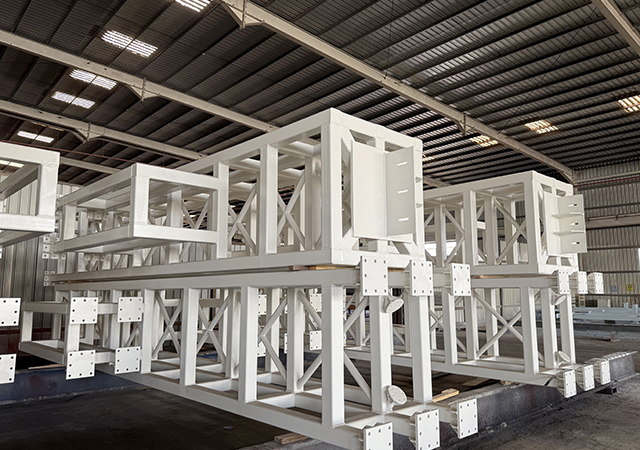
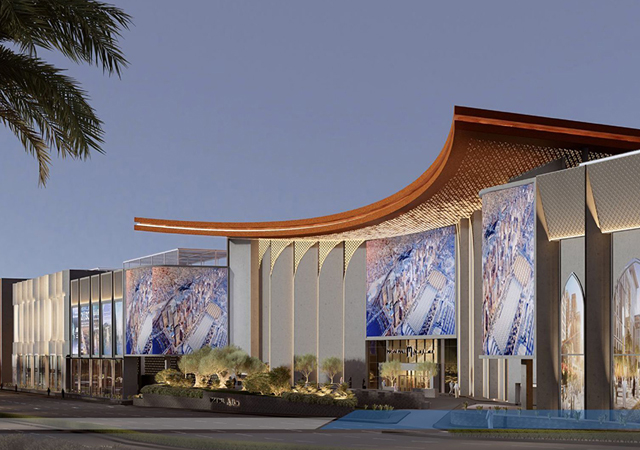
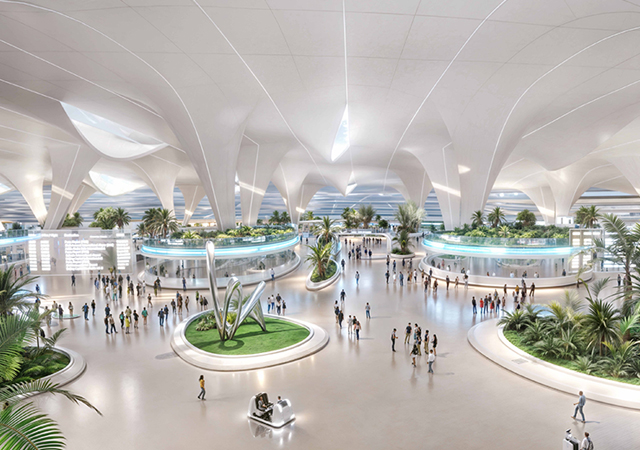

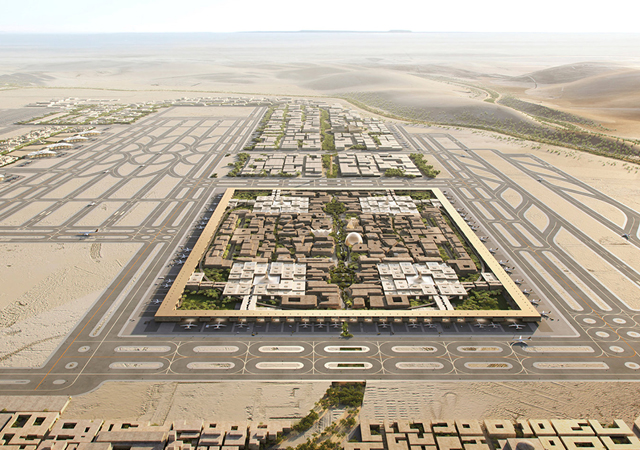
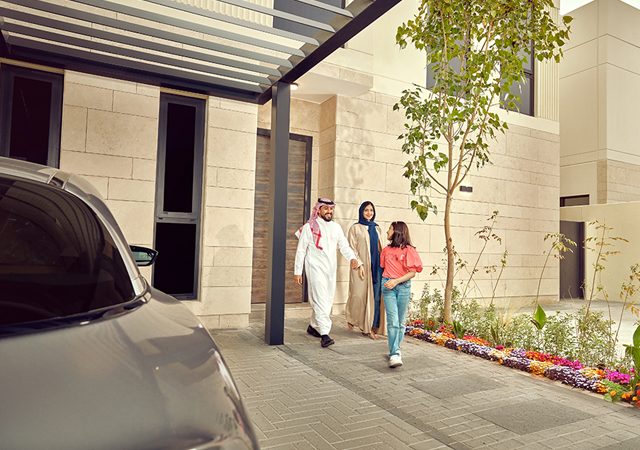
.jpg)

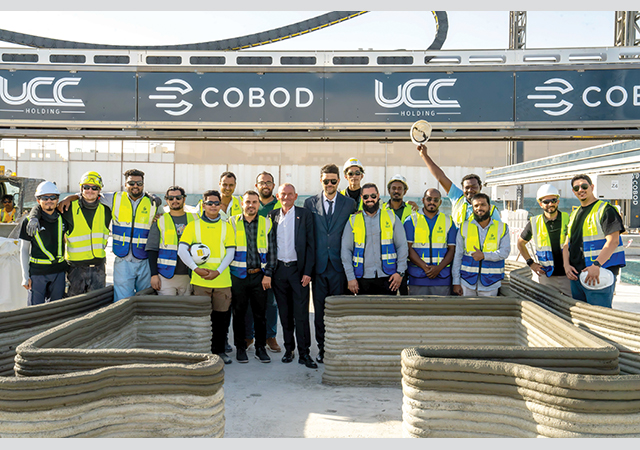


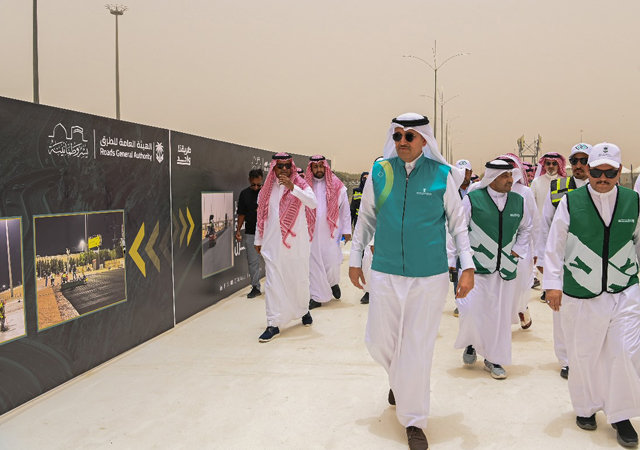
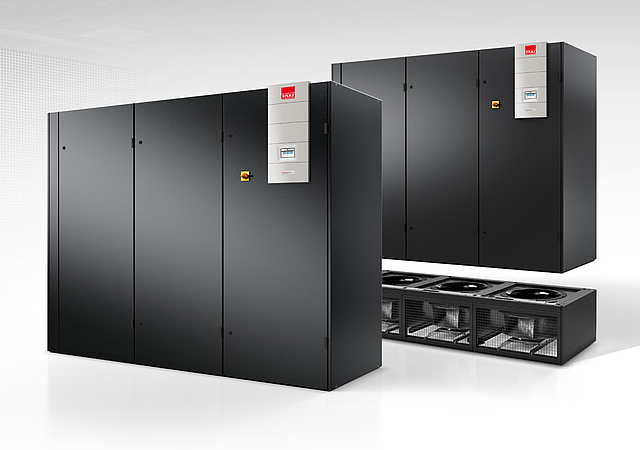
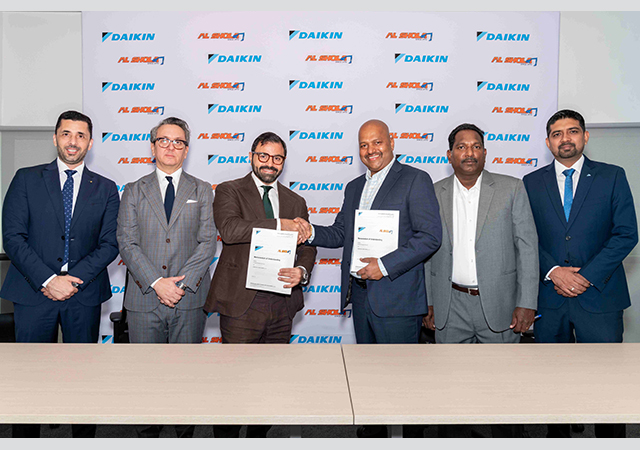

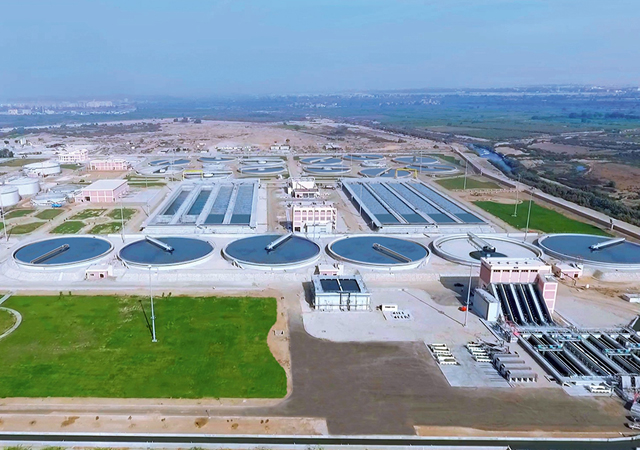

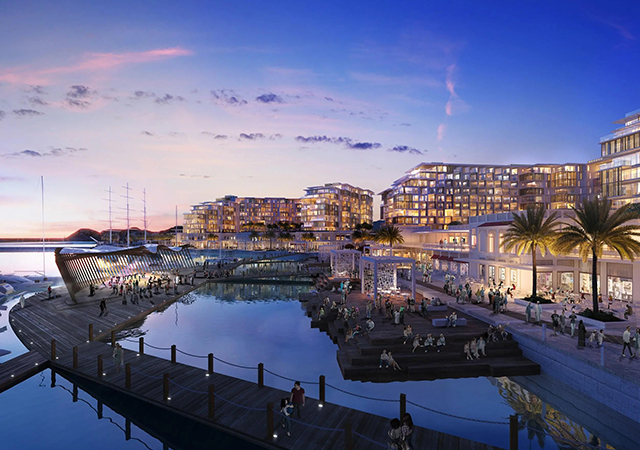

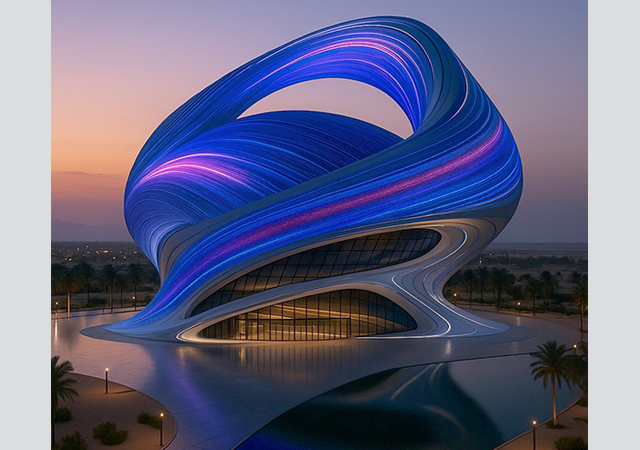
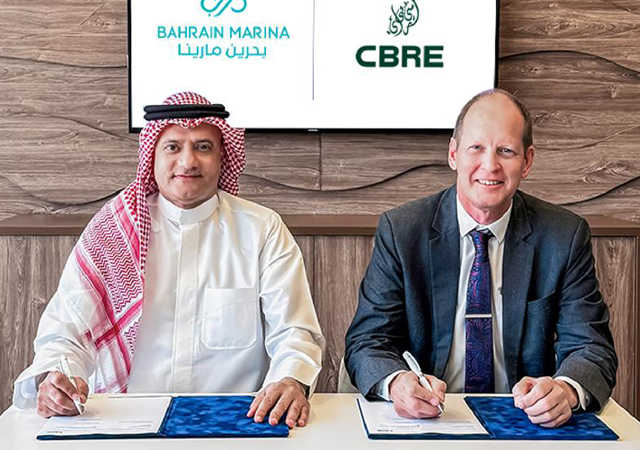
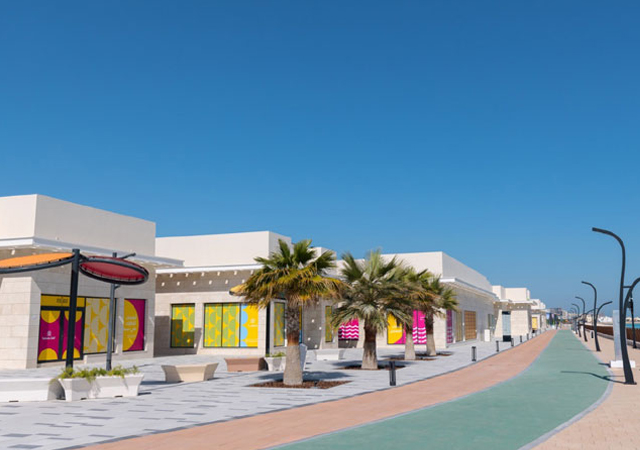
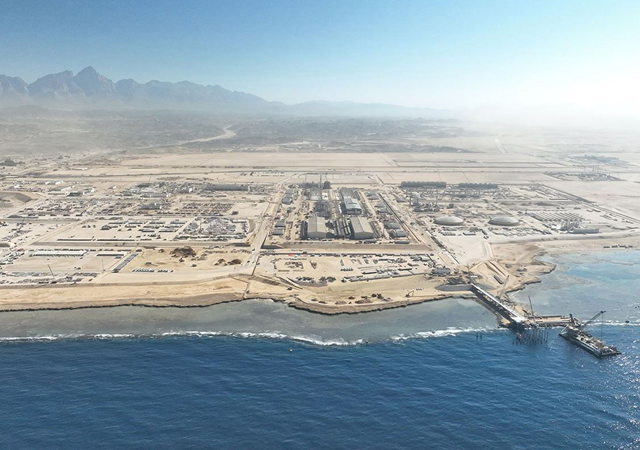
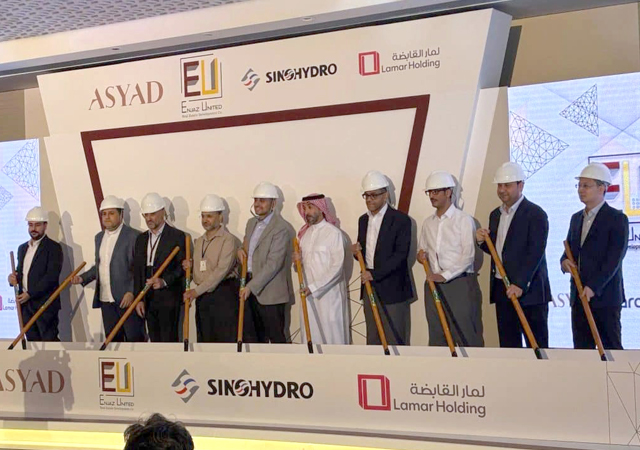
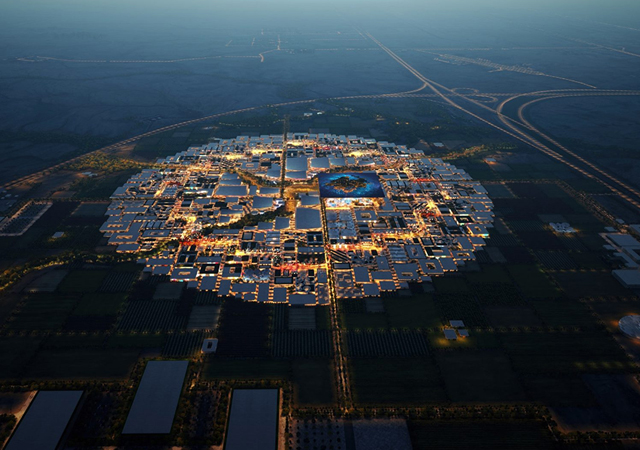
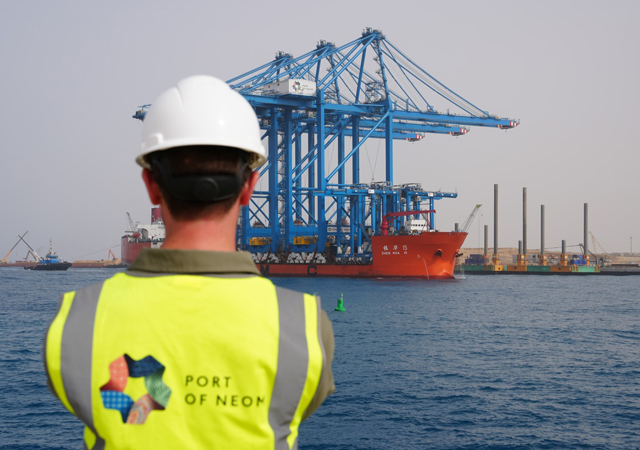
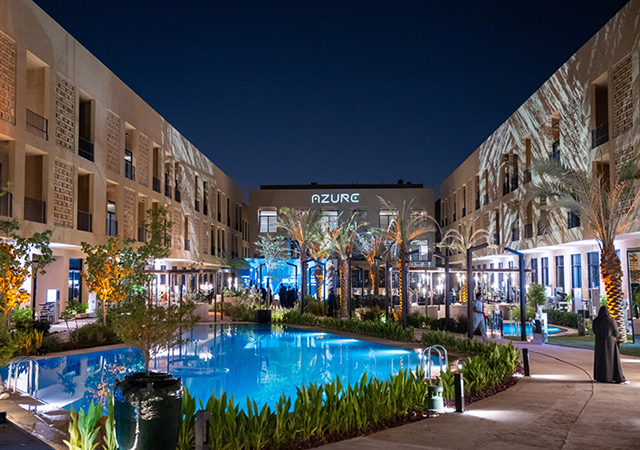
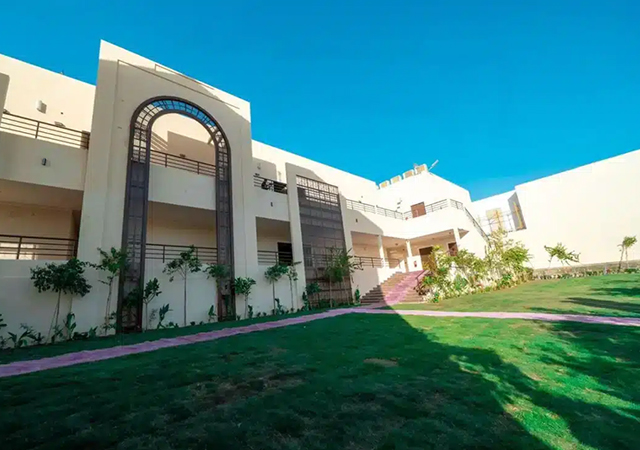
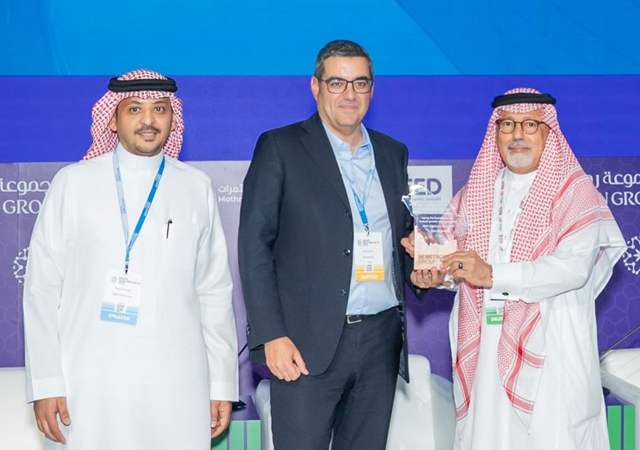
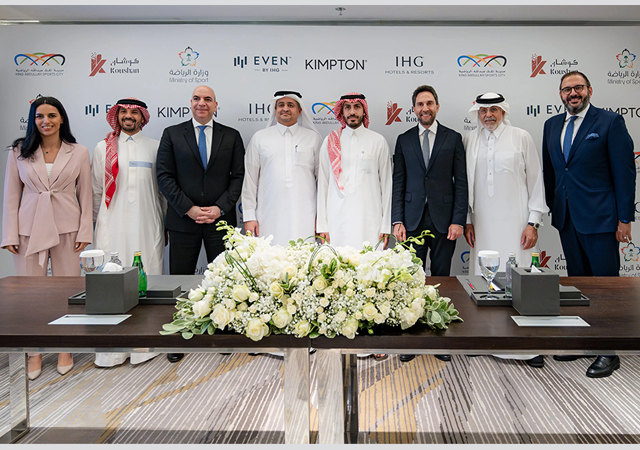
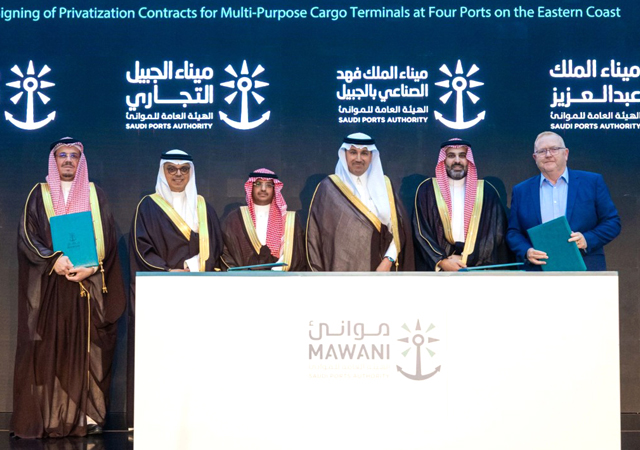
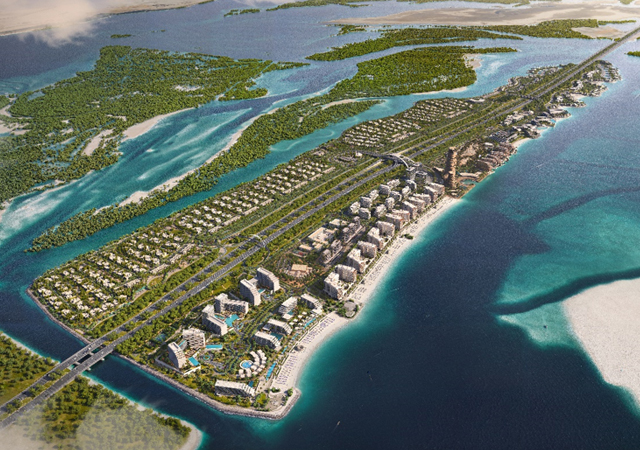

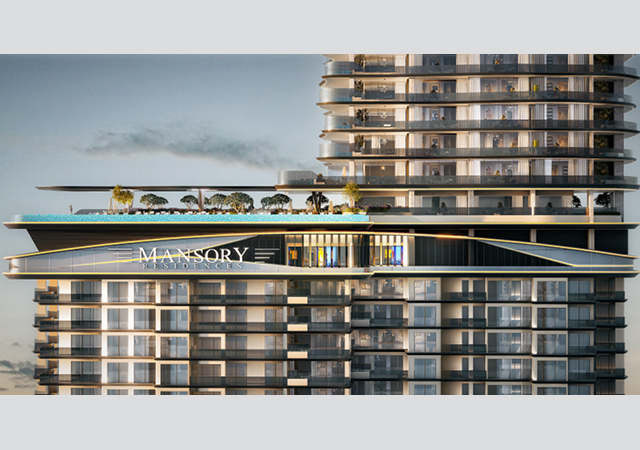
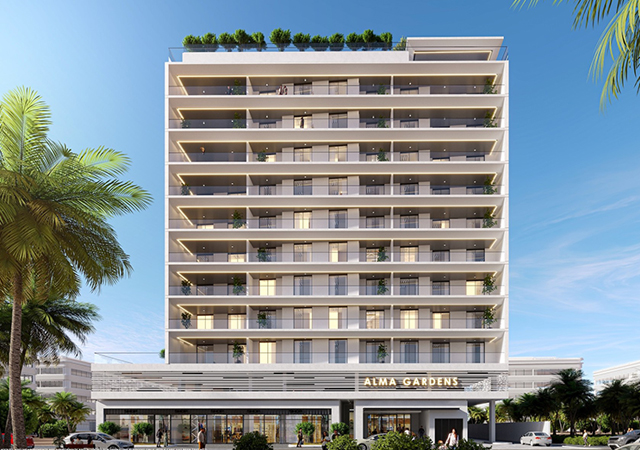

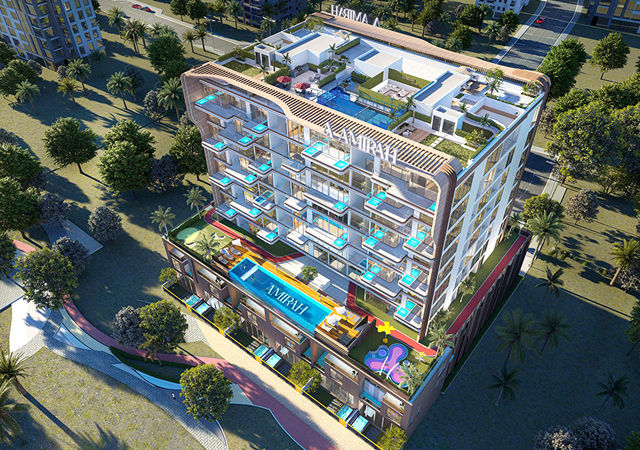

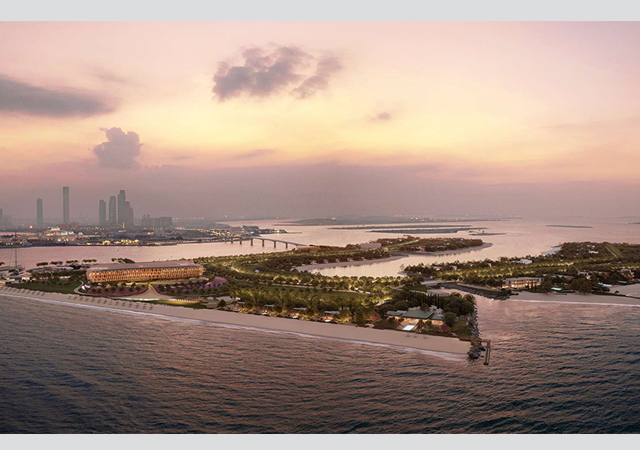
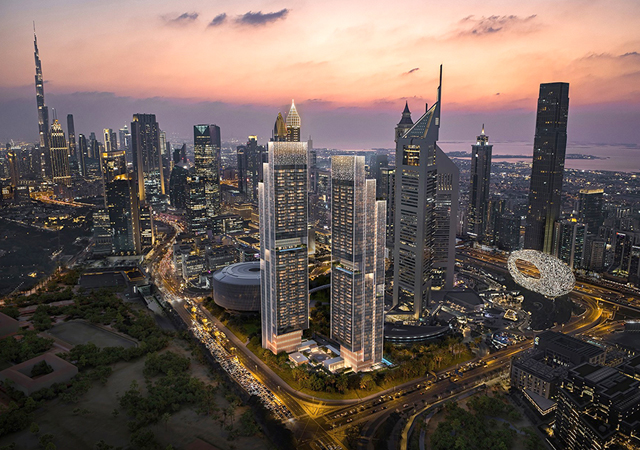
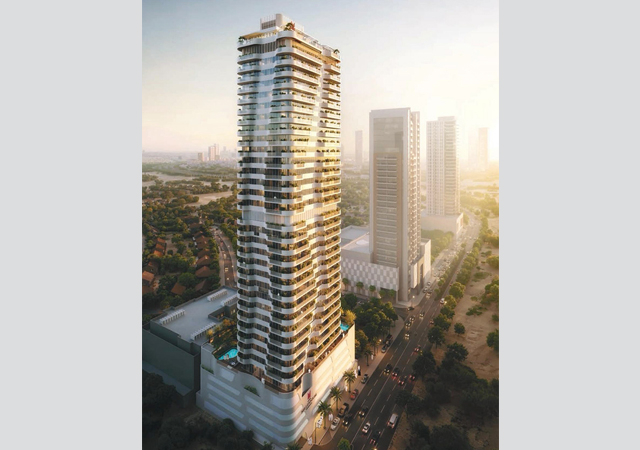

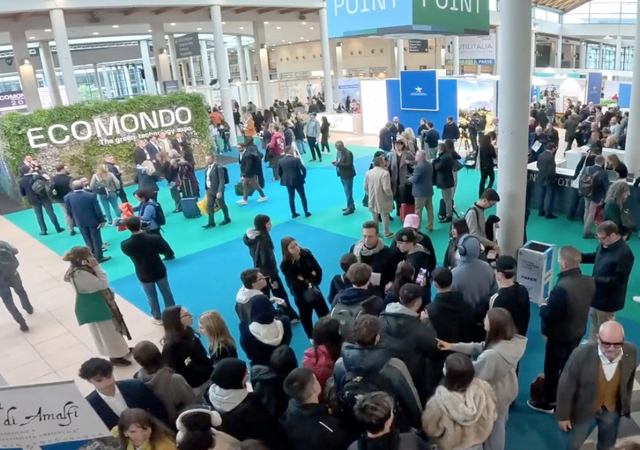
.jpg)
























